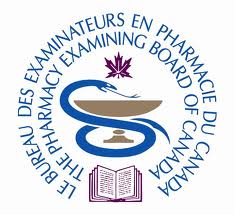How to interpret laboratory data:Introduction.
It is important for pharmacist to learn how to read laboratory report and interpret its data that will help him in:
1. Recognize normal ranges for common laboratory values in adults.
2. Identify common causes for abnormal laboratory values.
3. List circumstances that may produce false-negative or false-positive laboratory results.
4. Interpret the clinical significance of abnormal laboratory values.
5. Utilize clinical laboratory data to monitor various disease states.
Content:
These lectures are designed to provide an overview of common laboratory tests used in clinical practice. The most frequently used tests such as:
- Completeblood count (CBC-1)
- , Completeblood count (CBC-2)
- Electrolytes and blood chemistries,
- Urinalysis(UA)
- Clinical and diagnostic tests:
1. Cardiac tests
2. Liver function tests
3. Kidney function tests
4. GIT tests
- Endocrine tests
1. Thyroid function test
2. Diabetes mellitus tests
3. Adrenal gland tests
- Hematologic tests
- Coagulation tests
- Immunologic tests
- Infectious disease diagnostic tests
- Normal
values may vary from laboratory to laboratory, depending on techniques
and reagents used.
- Normal
values may also vary depending on the patient’s age, gender, weight,
height, and other factors.
- Laboratory
error is a fairly uncommon occurrence; however, it can happen.
Potential causes of laboratory error include technical error, improper calculation, inadequate specimen, incorrect sample timing, improper sample preservation, food substances affecting specimen, or medication interference with laboratory tests. - If laboratory error is suspected, the test should be repeated.
- Remember: always treat the patient, not the laboratory value!




Comments